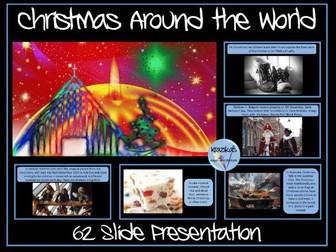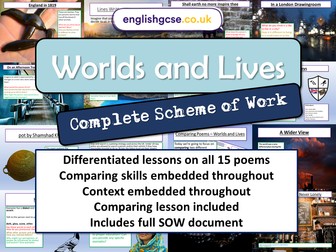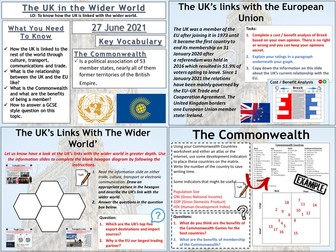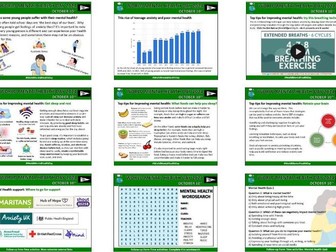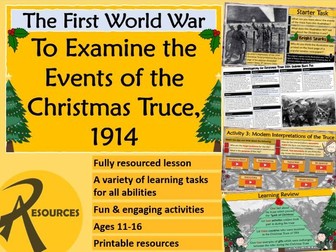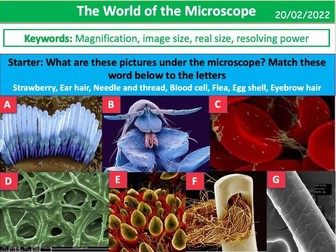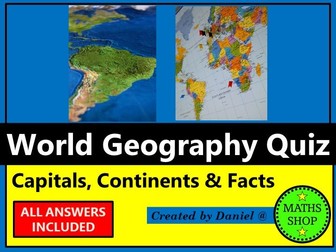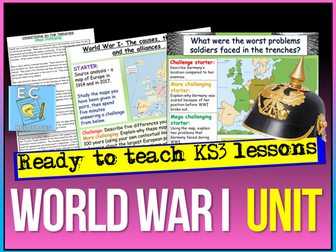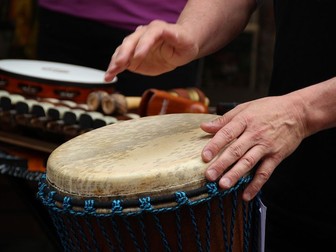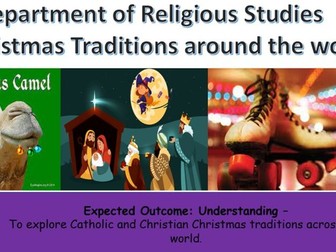Christmas Around The World
<p>This resource contains an editable and informative 62-slide PowerPoint presentation on Christmas celebrations, customs and traditions in different countries around the world. The countries include Argentina, Australia, Belgium, Iceland, Russia and Spain.</p>
<p>The presentation concludes by asking the pupils the questions:</p>
<p>Some of the countries’ Christmas traditions and customs are very different from the UK’s. Which countries have very different customs? What are they?</p>
<p>Some of the countries have similar Christmas traditions and customs as the UK. Which countries have similar customs? What are they?</p>
<p>Which country would you like to visit at Christmas and why?</p>
<p>This is an ideal assembly for the Christmas period and will contribute to the pupils’ ‘spiritual, moral, social and cultural’ learning (SMSC) and will help to actively promote the British Values of mutual respect and tolerance of those with different faiths and beliefs.</p>
<p><em>If you buy this resource and are pleased with your purchase, I would be extremely grateful if you could leave a review. As a token of appreciation, you can have a free resource of your choice up to the same value as your purchased resource. Just email <a href="mailto:inspireandeducate@aol.co.uk" target="_blank" rel="nofollow">inspireandeducate@aol.co.uk</a> with your user name, the resource you have reviewed and the resource you would like for free.</em></p>
<p>You may also be interested in:</p>
<p><strong><a href="https://www.tes.com/teaching-resource/christmas-around-the-world-lesson-assembly-presentation-72-slides-11434012">Christmas Around the World 2</a></strong></p>
<p>This presentation features the following countries - Austria, Brazil, Ethiopia and France.</p>
<p><strong><a href="https://www.tes.com/teaching-resource/christmas-around-the-world-3-lesson-assembly-powerpoint-presentation-11445052">Christmas Around the World 3</a></strong></p>
<p>This presentation focuses on Christmas in Bulgaria, Germany, Ghana and Greece.</p>
<p>Save money and buy the bundle at a discounted rate:</p>
<p><strong><a href="https://www.tes.com/teaching-resource/christmas-around-the-world-three-powerpoint-lesson-assembly-presentations-11786089">Christmas Around the World Bundle</a></strong></p>
<p><strong><a href="https://www.tes.com/resources/search/?authorId=884045&q=christmas&shop=Krazikas">More Christmas Resources</a></strong></p>
<p>Thinking of publishing your own resources or already an author and want to improve your resources and sales? Check out this step-by-step guide:</p>
<p><strong><a href="https://www.tes.com/teaching-resource/-how-to-become-a-successful-tes-author-step-by-step-guide-a-must-have-for-authors-11508391">How to Become a Successful TES Author: Step-by-Step Guide</a></strong></p>
